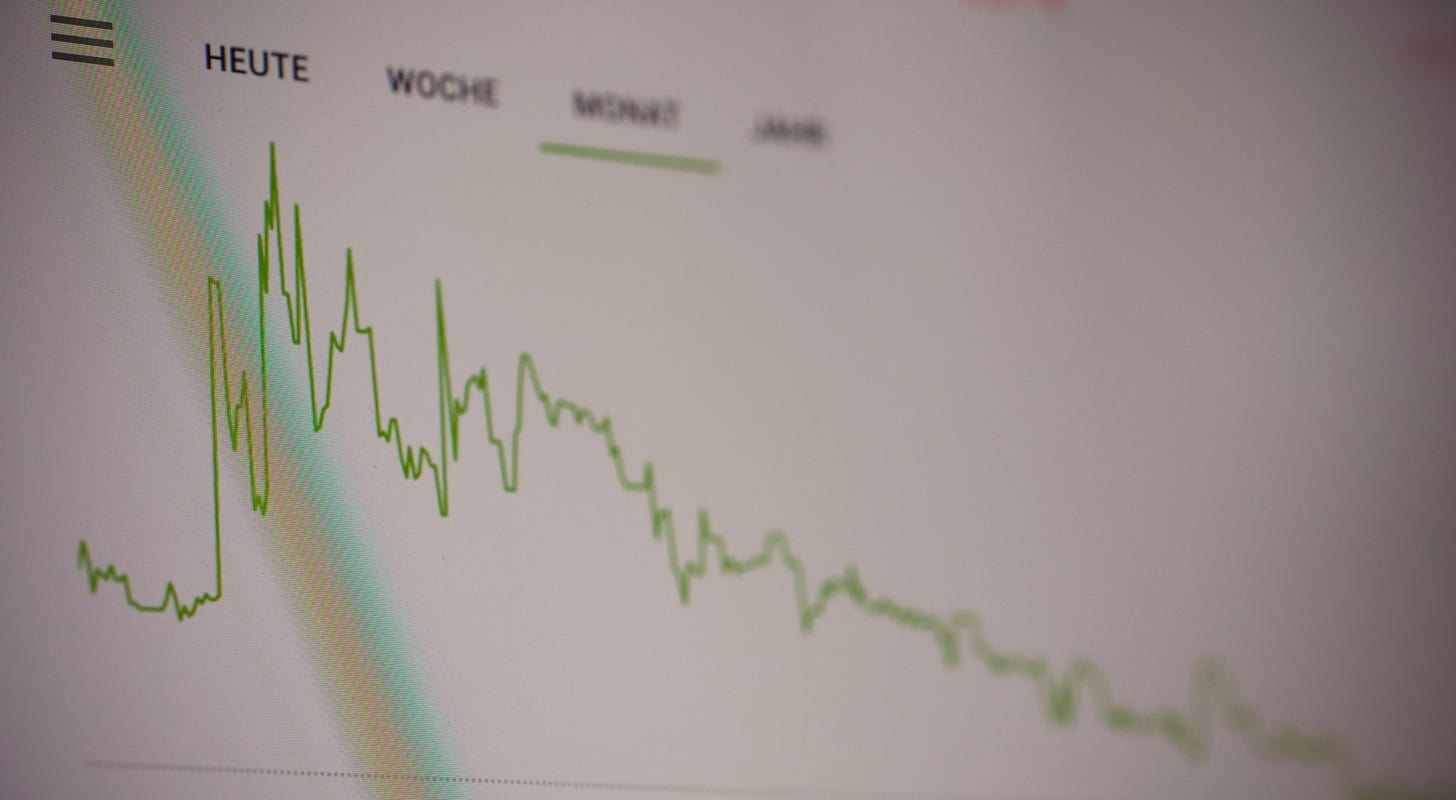Up-And-Running Of Consolidated Tape Versus Market Structure Improvement CT, FCA, UK Chancellor, MiFID revision, Edinburgh Reforms, European Parliament by https://www.benzinga.com/

AI Insights:
Simple Explanation:
A consolidated tape is a list of all the prices and information about stocks that are traded on a market. It helps people see what's happening in the market easily. The UK wants to create its own consolidated tape, but they need to work with other countries and organizations to make it happen. They are trying to find the best way to do this while also making improvements to how the market works. Read from source...
Critical Perspective:
1. The article does not provide a clear definition or explanation of what is a consolidated tape and why it is important for the market structure and transparency. It assumes that the reader already knows or can easily infer from the context clues.
2. The article uses vague terms like "give and take" and "right-course policy actions" without specifying what they entail or how they will be achieved. It also does not provide any evidence or data to support these claims.
3. The article focuses too much on the political and regulatory aspects of the CT, rather than the technical and operational challenges and opportunities. It mentions the FCA's role and the EU's mandate, but does not explain how they will interact or influence each other.
4. The article lacks a balanced perspective and critical analysis of the pros and cons of having a CT in the UK. It seems to take for granted that a CT is a desirable and beneficial outcome, without considering the potential drawbacks or risks for market participants and investors.
5. The article has a poor structure and coherence. It jumps from one topic to another without clear transitions or connections. It also uses too many acronyms and abbreviations that may confuse or alienate the reader.
Sentiment Analysis:
Neutral
Explanation: The article discusses the FCA's conclusion of its comment period for Policy Statement for the framework for UK consolidated tape (CT) and how there will need to be "give and take" in the short term. It also mentions the context of the UK Chancellor committing to a legislative and regulatory regime for a UK CT by 2024, and friendly competition with the EU as the European Parliament recently voted in favour of MiFID revision. The article does not show any strong positive or negative bias towards the topic and provides a balanced view of the situation. Therefore, the sentiment is neutral.
Investment Analysis:
We are not financial advisors. It's always essential for you to consult with a financial advisor and do your research before making any decisions about investments.
- The FCA has initiated a process to establish a UK consolidated tape, which is expected to enhance transparency and competition in the financial markets. This could potentially benefit investors by providing more accurate and timely information on prices, trading volumes, and execution quality. However, there are also risks involved, such as technical challenges, regulatory hurdles, and potential resistance from market participants who may lose their informational advantages or face increased costs.
- Based on the article, it seems that the UK is leading the way in creating a CT, while the EU is still in the process of revising its MiFID framework to mandate a similar concept. This could give the UK an edge in attracting liquidity and innovation in its financial markets, as well as fostering friendly competition with the EU. However, it also raises questions about the compatibility and coordination between the UK and EU CTs, especially in cases of cross-border trading or regulatory oversight.
- In terms of investment recommendations, one possible strategy could be to focus on stocks that are listed on UK exchanges, as they would likely benefit from improved liquidity and transparency on the CT. Additionally, investors could also consider stocks that are expected to have high trading volumes or execution quality, as these would be more easily measured and compared across different platforms and venues. On the other hand, investors may want to avoid stocks that are thinly traded, illiquid, or subject to manipulation, as they could be negatively affected by the CT's information dissemination and surveillance functions.
- Another possible strategy could be to invest in companies or funds that are involved in the development or operation of the CT infrastructure, such as data providers, trading venues, or regulatory authorities. These entities could potentially benefit from increased demand for their services or products, as well as having a stake in shaping the future of the market structure. However, investors should also be aware of the risks associated with investing in new and emerging technologies, as well as the political and regulatory uncertainties that could affect the CT's implementation and evolution.